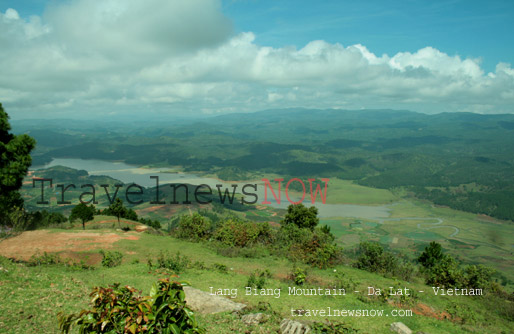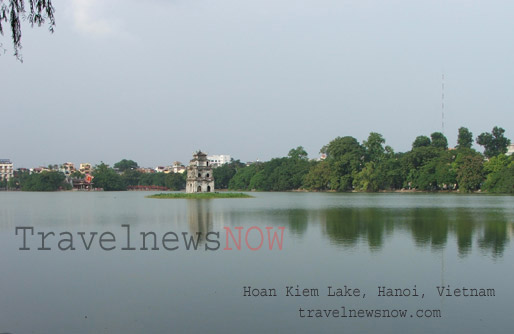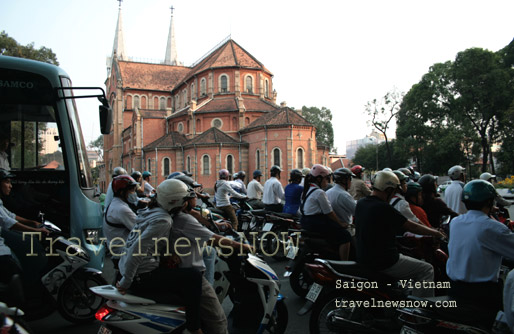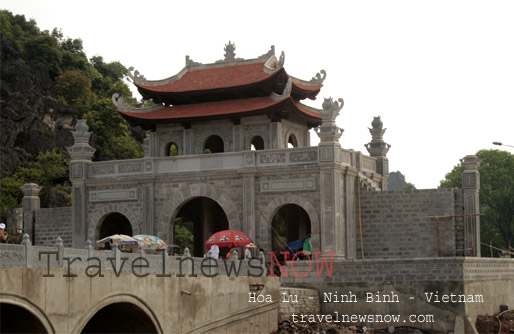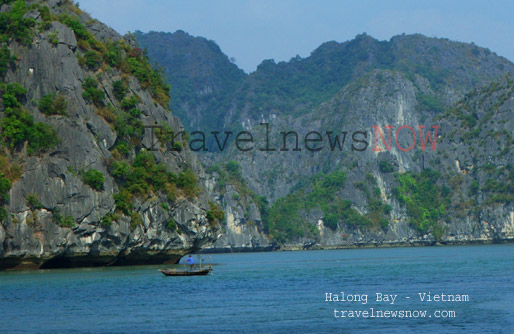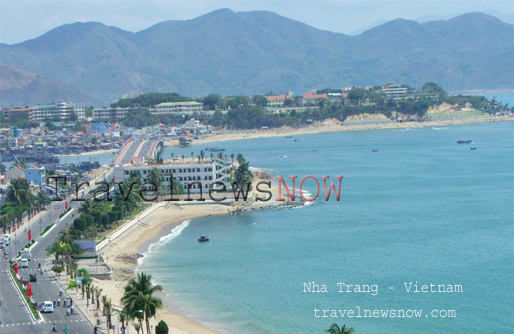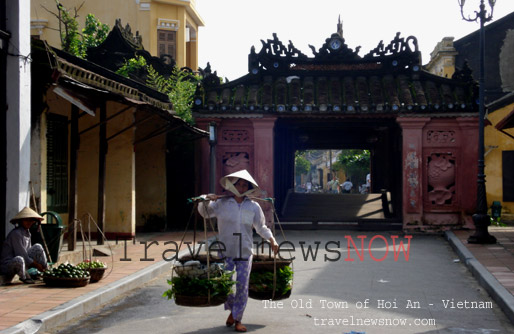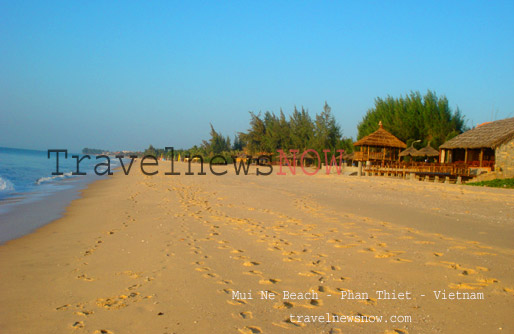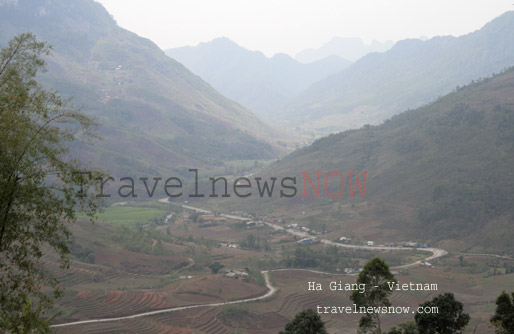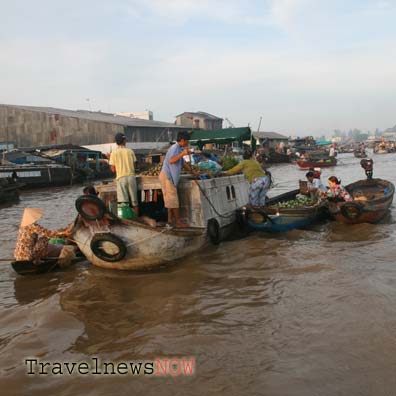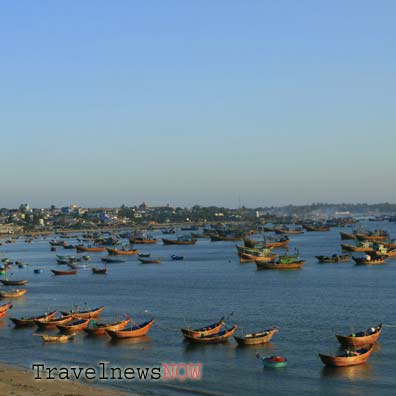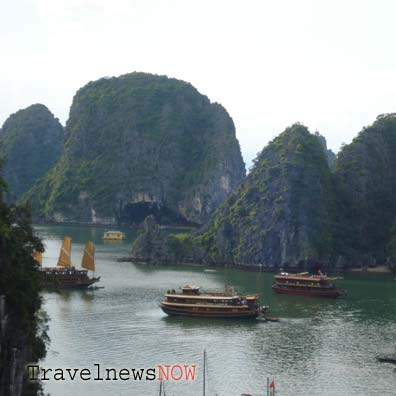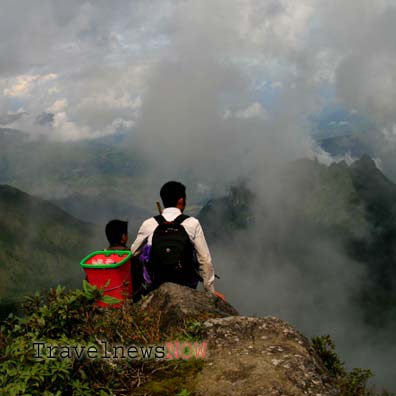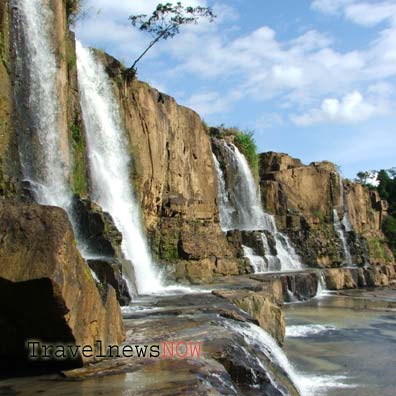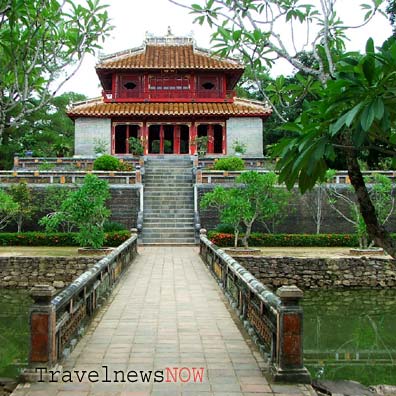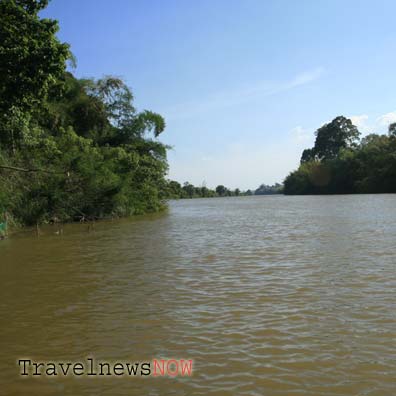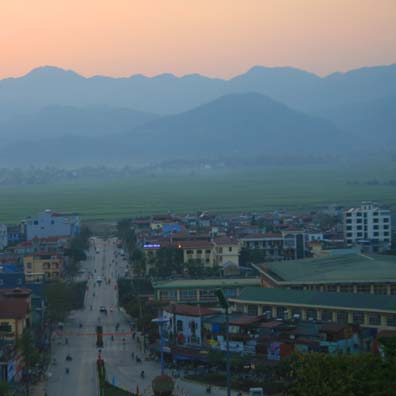Pleiku Holiday Weather today
Date/time of update: April 1, 2025, 1:09 am, Timezone: GMT+7
Scattered Clouds
Temperature: 23.8°C
Temperature feels like: 23.85°C
Minimum Temperature: 23.8°C
Maximum Temperature: 23.8°C
Atmospheric pressure: 1014hPa
Humidity:62%
Visibility: 10000m
Wind speed: 4.11m/sec
Wind Direction: 45 degrees
Cloudiness: 48%
Sunrise: 2025-03-31 10:43:51
Sunset: 2025-04-01 10:59:41
The Battle of Ia Drang in November 1965 was the first major encounter between the People Army of North Vietnam (PAVN or North Vietnamese Army – NVA) and the US Army during the Vietnam War.
1/ The Ground of the Battle of Ia Drang
The battle took place mostly in the Ia Drang Valley, Gia Lai Province, the Central Highlands of Vietnam. The valley was covered in dipterocarp forest with some flat clearings choked by head-high elephant grass.
The ground of the battle was roughly bounded by:
- The Ia Drang River (running northwest to southeast) to the north,
- Quynh Kla – LZ Falcon (15km west of Pleime) to the east,
- LZ Victor to the south-southeast,
- The Cu Prong Massif (Chu Pong Mountain, 25km west southwest of Pleime) to the southwest.
The landing zones (LZ) were flat clearings where helicopters could land; X-Ray was 2km northwest of the Chu Prong Massif and Albany was right to the south of the Ia Drang River, 2.5km to the northwest of LZ X-Ray. LZ Victor was 6km south west of the X-Ray.
The Cambodian border was about 10km west of X-Ray and the Chu Prong Massif western side was about 2-3km east of the Cambodian border.
Besides, there were US forces deployed at Duc Co much further to the northwest of the Ia Drang Valley. And there was an airstrip at Bau Can, west of Duc Co and northwest of the Ia Drang Valley where US helicopters and fighter aircraft took off. And US B52 Bombers, which conducted aerial bombardments of the Ia Drang Valley, started from Guam.
The Battle of Ia Drang included two main battles: the battle at the LZ X-Ray from 14-16-November-1965 and the battle at the LZ Albany on 17-November-1965.
2/ The Context of the Battle of Ia Drang
The Central Highlands in South Vietnam included series of plateaus with primeval forests. From the Central Highlands of Vietnam there were roads to Laos, Cambodia, the Central Coast of Vietnam and the Delta in South Vietnam. While the Central Highlands were a large region, the battlefields in the Central Highlands belonged only to Kon Tum, Gia Lai and Dak Lak; the other places were mostly not accessible back then.
This region had an extremely strategic position in the Vietnam War: The one who controlled it would be more likely to control the South Vietnam. That was the reason that this was among the most fierce battlefields during the whole Vietnam War, and earlier during the First Indochina War.
By late 1964, the US had realized that using Army of the Republic of Vietnam (ARVN – South Vietnam) assisted by US military advisers did not work; the troops of South Vietnam suffered from failures in most battlefields. A new strategy was needed and that led to the arrivals of US Army.
The first US Army combat units arrived in Da Nang in March 1965 heralded direct confrontation in the battlefields. And in fact it was from this time that the main forces of all the important military operations of South Vietnam Republic were the US Troops; the ARVN turned to be the forces for pacification operations against guerrilla movments in the countryside and for security purposes in cities in South Vietnam only.
After the landing of the US troops was the buildup of US Army’s camps all over South Vietnam. From these bases, several military operations known as Search and Destroy were conducted. The targets of these operations were pro-North Vietnam elements, be it South Vietnam Liberation Front, guerrilla movements or the People’s Army of Vietnam (PAVN) – the regular army of North Vietnam.
Back then there were several camps in the Central Highlands of Vietnam garrisoned by South Vietnam commando forces and US military advisers. In the late 1964 and early 1965, most of these camps were removed one after another: Tu Mo Rong, Dak To, Dak Sut. All counter-operations by ARVN failed.
Then came Pleime, or Pleime Special Forces Camp which was in the southwest of Pleiku and which was used for recruiting and training commando units. A brutal battle broke out when PAVN attacked the camp and the relief operations by ARVN from Pleiku suffered from high casualties; the Camp of Pleime was to suffer the same fate as the others unless there was intervention by US combat forces.
While the attacks of Camp Pleime took place, the 1st Air Cavalry Division had been deployed to An Khe Camp and had been conducting Search and Destroy Operations in Binh Dinh and Quang Ngai Provinces. When the relief force of Camp Pleime by ARVN was about to be destroyed, units of the 1st Air Cavalry Division was heli-lifted to the Central Highlands to search for the the elements responsible for the attacks of Camp Pleime.
Paradissa, a Vietnam-based tour operator, hosts a number of specialist historical tours and battlefield tours in Vietnam.


